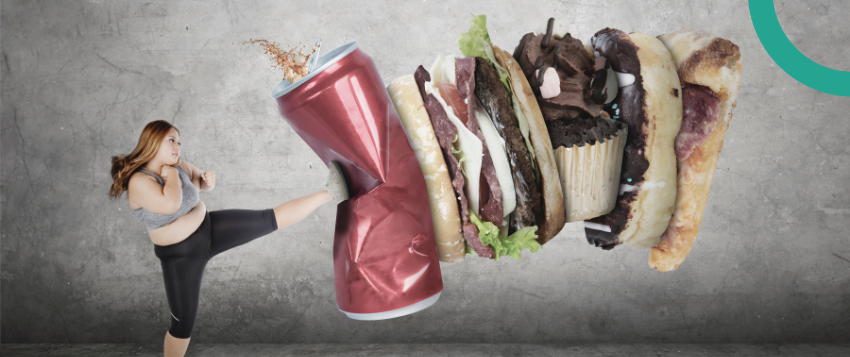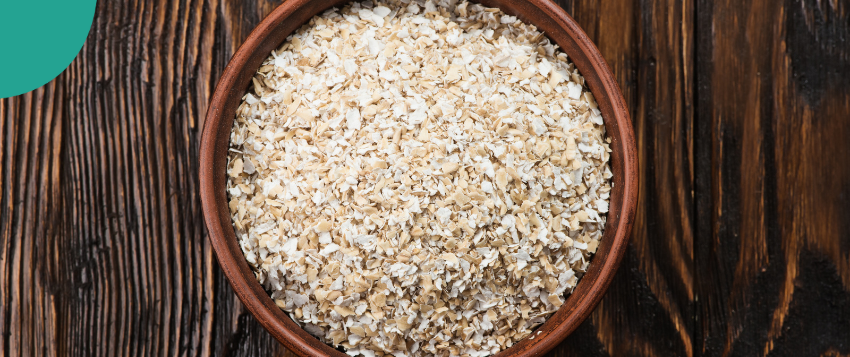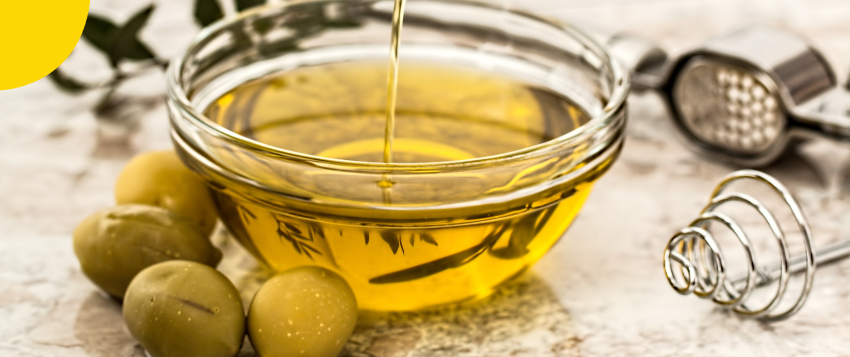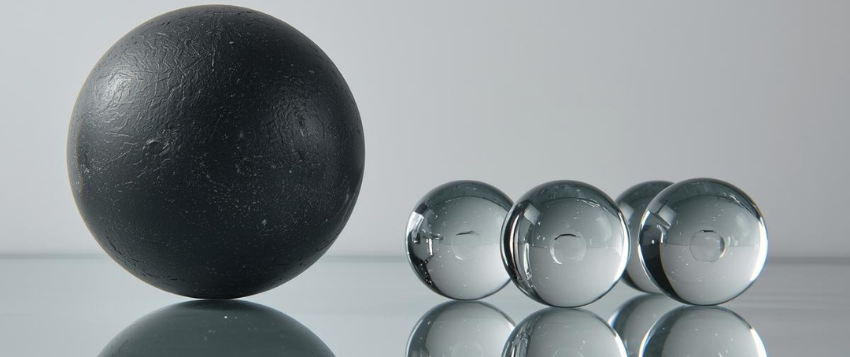We all know that the key to obtaining the ideal physique means staying away from high-fat foods and high-sugar goodies, but what foods will bring us even closer to your goals?? Here we provide a comprehensive list:
Oat Bran: Oat Bran is high in fibre, which means that it fills you up and keeps you full for longer, which in turn prevents you from snacking unnecessarily. It is also a better option than regular oats as it has 50% more fibre but can be prepared the same way as regular oats.
Eggs: Studies have found that women who start the day with eggs feel full for longer and end up eating less overall throughout the remainder of the day. Just be sure to use low-fat cooking methods to prepare your eggs, such as pouching, boiling or scrambling, and stay away from frying.
Cottage Cheese: Cottage Cheese is the ideal fat-loss food. It’s high in protein, low in calories, high in calcium and requires virtually no preparation. Just be sure to always choose fat-free options.
Quinoa: This South American grain is high in protein and fibre and is extremely versatile. It can be used in salads or as an alternative to pasta, rice or couscous.
Fish: Fish is considered to be the most filling source of protein. If you choose a fatty fish like salmon, you also get a great dose of health-boosting omega-3s. Make sure that you use a healthy cooking method like poaching, steaming, grilling or baking, rather than frying.
Spinach & Other Greens: Spinach is rich in beta-carotene, folic acid and fibre, while still being very low in calories. This versatile vegetable can be used instead of lettuce in salads, as a quick and tasty side dish or as a substitute for regular wheat-based wraps (just fill it with some chicken breast strips and veggies) to lower your carb intake.
Legumes: Fibre-rich legumes such as beans, lentils and chickpeas are great fat-loss foods. They’re high in protein and easy to use. Simply throw some tinned chickpeas in a salad, and add lentils to your mince or baked beans on low GI seed bread for a quick and tasty meal.
100% rye bread: This bread has a low GI, so you stay fuller for longer and it is wheat-free, which makes it ideal for those who suffer from a wheat allergy. Just be sure to keep it to one slice at a time.
Nuts and nut butter: Fat is an essential part of the diet, but of course, it’s always best to choose healthy unsaturated fats. These healthy fats not only have a positive effect on virtually all aspects of the body’s functioning but also help to make a meal more satiating and filling. Therefore, moderate amounts of these healthy fats can help you lose fat by making sure that you don’t lack important nutrients and it also keeps you feeling satisfied for longer after your meal. Just be sure to keep to no more than a tablespoon of nuts or nut butter at a time.
Whey Protein Powder: Although your whey protein is probably already your post-workout shake staple, it can also be mixed in with yoghurt, added to your oats or made into a dessert by blending it with frozen lite custard. Whey is a great source of readily absorbable protein and is therefore perfect for complementing your training regimen.
Olive oil: Olive oil is rich in healthy unsaturated fats and Vitamin E. Try to always get good quality cold-pressed virgin olive oil and avoid frying with it, as this may affect the composition of the fats in the oil. You can however stir-fry with your olive oil.
Watch Your Portion Sizes
Wherever possible, try to eat off a side plate and serve up with teaspoons rather than regular serving spoons. By using smaller plates you’ll feel like you’re eating more than you are, which should make you more satisfied with less. By changing the size of your serving spoons you’re also likely to dish up less.
Disclaimer – Healthi and its associates offer health and fitness information and is designed for educational and entertainment purposes only. You should consult your physician or general practitioner before beginning a new fitness program. You should not rely on this information as a substitute for, nor does it replace, professional medical advice, diagnosis, or treatment. If you have any questions or concerns about your health, you should always consult with a physician, general practitioner, or other qualified healthcare professional. Do not disregard, avoid or delay obtaining medical or health-related advice from your healthcare professional because of something you may have read in our publications or lectures. The use of information provided through the Healthi service is solely at your own risk and is not medical or healthcare advice.











